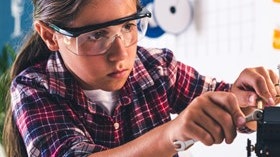Homepage
•
Learning Library
•
Blog
•
What being a connected educator does for students
Expand breadcrumbs
Expand breadcrumbs
- Learning Library
- Blog
- What being a connected educator does for students
- Homepage
- •
- Learning Library
- •
- Blog
- •
- What being a connected educator does for students
What being a connected educator does for students
By Nicole Krueger
February 22, 2017








